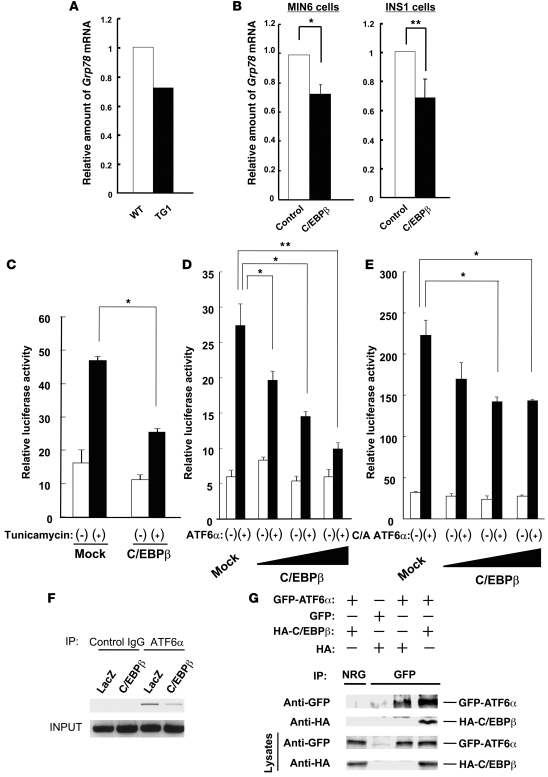Figure 7. Interaction of C/EBPβ with ATF6α and its role in the transcriptional regulation of Grp78.
(A) Relative abundance of Grp78 mRNA in islets isolated from WT and TG1 mice at 8 weeks of age was determined by gene expression profiling with an oligonucleotide microarray. (B) Real-time RT-PCR analysis of Grp78 mRNA in MIN6 and INS1 cells infected with a retrovirus encoding C/EBPβ or with the corresponding empty virus (control). Data are mean ± SEM from 3 independent experiments. *P < 0.05; **P < 0.01. (C) Luciferase assays were performed to examine the effect of C/EBPβ on tunicamycin-induced transcription activation of Grp78 in INS1 cells. Data are mean ± SEM from 3 independent experiments. *P < 0.05. (D and E) Luciferase assays were performed to examine the effect of the various amounts of C/EBPβ on full-length ATF6α–induced (D) or C/A ATF6α–induced (E) transcription activation of Grp78 in INS1 cells. Data are mean ± SEM from 3 independent experiments. *P < 0.05; **P < 0.01. (F) ChIP assay of the Grp78 promoter in INS1 cells infected with a retrovirus encoding either C/EBPβ or β-galactosidase (LacZ) was performed as described in Methods. (G) HEK293 cells were transfected with expression vectors for GFP-tagged ATF6α or for HA epitope–tagged C/EBPβ, as indicated. Cell lysates were subjected to immunoprecipitation with antibodies to GFP or with normal rabbit IgG (NRG), and the resulting precipitates were subjected to immunoblot analysis with antibodies to HA and to GFP.

